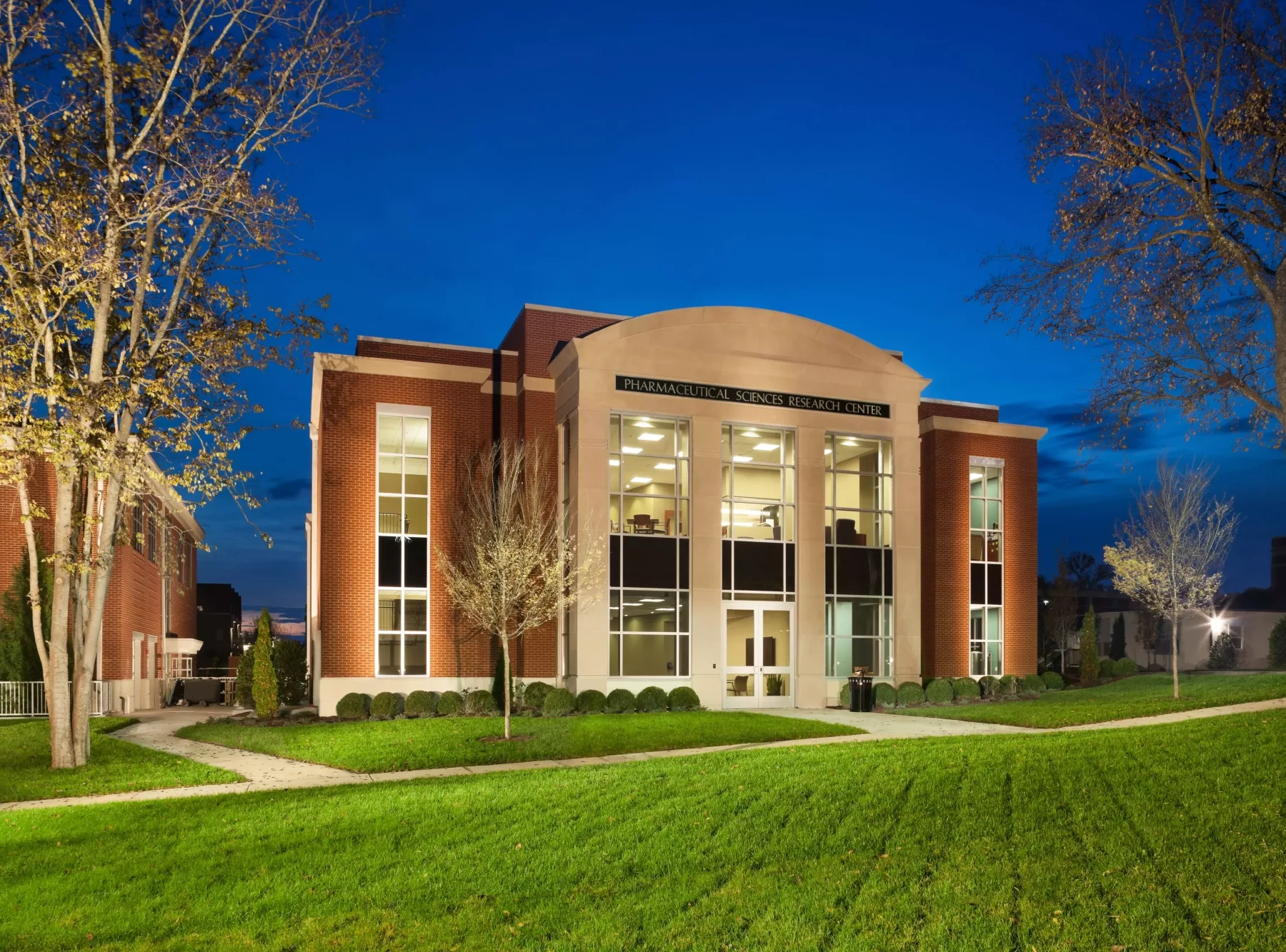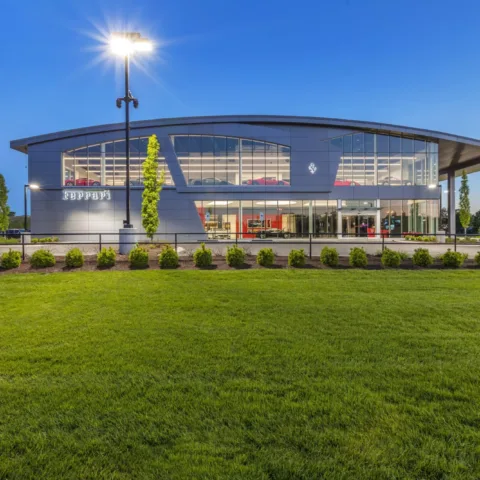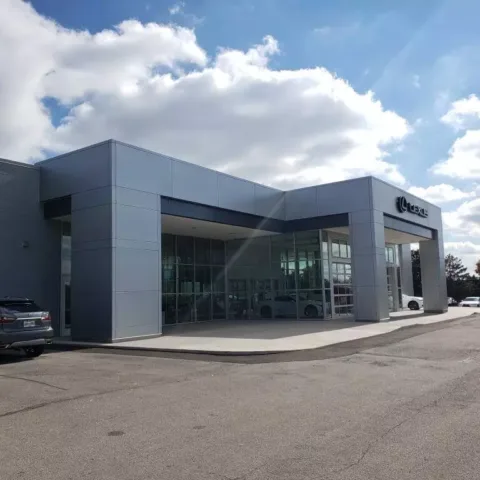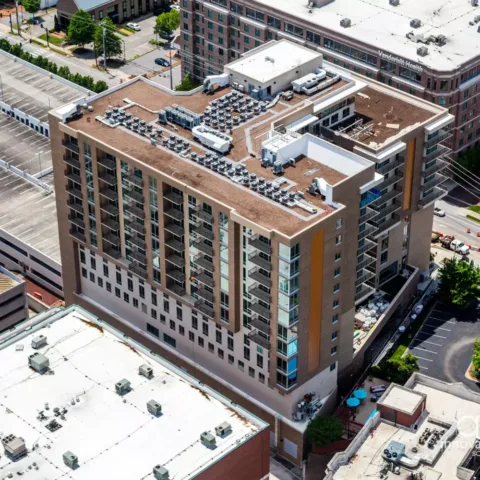Building a medical office facility isn’t just about bricks and mortar. It’s about creating a space that supports efficient patient care and maximizes your practice’s profitability. Often, that intentionality comes with its own set of unique challenges. From adhering to strict regulatory standards to coordinating specialized systems and equipment, there’s a lot to juggle. And if you’re renovating, you also have to consider how to minimize disruptions to patient care.
As Nashville continues to grow and evolve, it’s essential for medical office developers to understand the specific challenges and solutions associated with constructing or renovating their facilities. In this blog post, we’ll delve into the best practices that Crain Construction has learned over the years to deliver state-of-the-art medical offices that meet the highest standards of functionality, efficiency, and patient satisfaction.
Smart Solutions: Effective Approaches to Medical Office Construction
Here are some best practices we consider essential for successful medical office construction projects:
1. Prioritize Ongoing Design/Build Collaboration
For many healthcare projects, maintaining a close, collaborative relationship between the construction, design, and healthcare teams is essential. At Crain Construction, we work alongside design and healthcare teams from the outset to create patient-centered spaces that prioritize care, safety, and efficiency. This collaboration helps us gain a clear understanding of each project’s unique goals and expectations. By working closely with these teams throughout the design process, we can spot potential issues early and make adjustments that enhance the functionality and flow of the space.
Portfolio Example: Verici, a developer specializing in advanced clinical diagnostics, partnered with us to build out their new lab space. Initially, the design placed pass-thru boxes between the library and extraction room. However, after reviewing the equipment layout, we discovered a conflict with the workflow. In collaboration with the design and healthcare teams, we adjusted the plan, relocating the pass-thru boxes to create a more efficient layout. This adaptability allowed Verici’s lab space to meet its specific operational needs more effectively.
2. Engage Trade Partners from the Start
Effective communication and collaboration with engineers, facility managers, and other stakeholders are crucial for ensuring the smooth integration of specialized systems like HVAC, medical gas storage, and electrical infrastructure. Engaging trade partners and subject matter experts early in the project is another way to proactively identify potential challenges and develop solutions to minimize disruptions and ensure optimal system performance.
Portfolio Example: During the construction of the Lipscomb University Pharmacy and Research Building, Crain Construction successfully integrated 2.5 miles of mechanical systems into a 7,500-square-foot footprint. By working closely with the design team and mechanical engineer, we were able to meet the complex requirements of this project and deliver a state-of-the-art facility.
3. Incorporate Cutting-Edge Technology from Day One
In the current healthcare landscape, medical offices must be equipped with advanced technology and infrastructure to support electronic health records (EHRs), telemedicine capabilities, and other essential functions. Crain Construction ensures that our projects are designed to accommodate current and future technological demands, providing a flexible and scalable foundation for growth.
Portfolio Example: The Loden Vision Center, a Nashville leader in vision repair services, required a highly specialized facility to accommodate its advanced equipment and technology. Crain Construction designed and built a building that included an ophthalmology clinic, a LASIK suite, an optical dispensary, and other services, all equipped with state-of-the-art technology and infrastructure.
4. Invest in Future Growth and Plan for Flexibility
As Nashville continues to grow, medical offices need to be designed for flexibility and scalability. At Crain Construction, we help our clients think long-term. By utilizing modular construction techniques and flexible layouts, we ensure that changes in technology or patient services can be seamlessly integrated. Our forward-thinking approach not only enhances the usability of the space but also maximizes the profitability of your investment by allowing for future growth without costly renovations down the line.
Portfolio Example: We partnered with Robbins Plastic Surgery to transform an existing building, which included a renovation and expansion. The project involved gutting the space and adding approximately 1,381 square feet to accommodate a new surgical suite, exam rooms, an operating room, a recovery room, and offices. We also updated the HVAC, plumbing, medical gas piping, and electrical systems. The result is a pleasant and calming atmosphere for patients, tailored to meet the growing needs of the practice.
Ready to Build? Let’s Discuss Your Next Project
Crain Construction is committed to delivering high-quality medical office construction projects that meet the unique needs and challenges of our clients. By following the best practices outlined in this blog post, we ensure that our projects are not only functional and efficient but also designed to support the long-term success of our clients’ businesses.
If you’re considering a medical office construction or renovation project in Nashville, we invite you to reach out to our team to discuss your specific needs and goals.



